Description
Molybdenite has a hardness of 1-1.5 and a specific gravity of 4.62 – 4.73, and this special flavor of Molybdenite probably has about the same characteristics, despite having some Rhenium within, as the Rhenium concentration is pretty low… However, not sufficiently low enough to not warrant mining this for its content! According to Mindat, it contains between 320 to 580 ppm Rhenium!
In addition to the Childs-Aldwinkle Mine, Rhenium-bearing Molybdenite has also since been found in Morocco, at the Bou Azzer Mine, but other than those two mines, it hasn’t yet been found anywhere else. In addition, as the only other two minerals in which Rhenium can be found to occur in naturally are Rheniite and Tarkianite, both of which also being extremely rare, it’s quite likely any element collector would be thrilled to bring home this specimen and add its 0.03-0.05% of Rhenium to that element’s (often empty) spot.
While the Childs-Aldwinkle Mine is one of the only known locations in the world where you can find Rhenium, that doesn’t mean there isn’t any near to you – keep an eye out for a rock like this and you might just be on to a new Rhenium Mine!
The rest of the following comes from Mindat on the Childs-Aldwinkle Mine:
“A Mo-Cu-Ag-Au-Pb-Zn-As-Sb-Bi mine located in the W½ sec. 11, T8S, R18E (Oak Grove Canyon 7.5 minute topo map), 3½ miles N of Sombrero Butte, just N of Copper Creek in the Copper Creek Canyon, and 11 miles E of the town of Mammoth. Discovered in 1883 by Aldwinkle and grubstaked by Childs. Owned by the Arizona Molybdenum Corp. (1933-1938). Also known as / designated: The Calumet and Arizona Mining Co. property; Arizona Molybdenum Corp. property; Table Mountain Copper Co. property; Patented claims MS 3263; Minnesota-Arizona Copper Co. property; and the Copper Creek project (in part).
The orebodies are breccia pipes. There are two ore bodies. The south ore body is 220 X 100 feet, the Alamo ore body is 270 X 150 feet. The breccia pipes probably join at 700 feet and pinch out at 800 feet. The ore minerals are confined to the cementing material where they occur as disseminations and lining of fractures. The ore body is funnel-shaped and tapering downward. Ore control was a breccia pipe at fault and fracture intersections. Alteration was sericitic, chloritic, tourmaline, silicification and oxidation to iron oxides in the outcrop. Associated rock unit is the Copper Creek granodiorite, a porphyritic biotite granodiorite. Bornite, tennantite were important at depth. Molybdenite was confined to open spaces. The bulk of the chalcopyrite is interstitial to breccia fragments. Molybdenite, the latest sulfide, is later than many gangue minerals. The breccia pipe may have a zoned sulfide mineralogy. The Au, Ag, As, Sb, and Bi were derived from treatment of the copper concentrates.
Area structures include Tertiary block faulting trending NNW and the breccia pipe in strong E-W vertical faults and fractures with N60°E and N70°W strikes.
Two ore bodies were developed, the South and Alamo bodies. Workings included 2 adits, 5 levels below the haulage level, a 2-compartment winze, and 2 large glory holes on surface. Workings were to the 850 level (1938). Most workings are now inaccessible. Production was 6,454,321 pounds of MoS (1933-July, 1938), 5,519,140 pounds of Cu, 19,167 oz. Ag, and 4730 oz. Au.
Assay data: Mo grade 0.4-0.75%, Cu grade 3-4%. Molybdenite nearly constant at 1-2%. Cu content increased from 1% at surface to 6-8% at the 800 feet, then decreased to 2% at the bottom of the mine.”


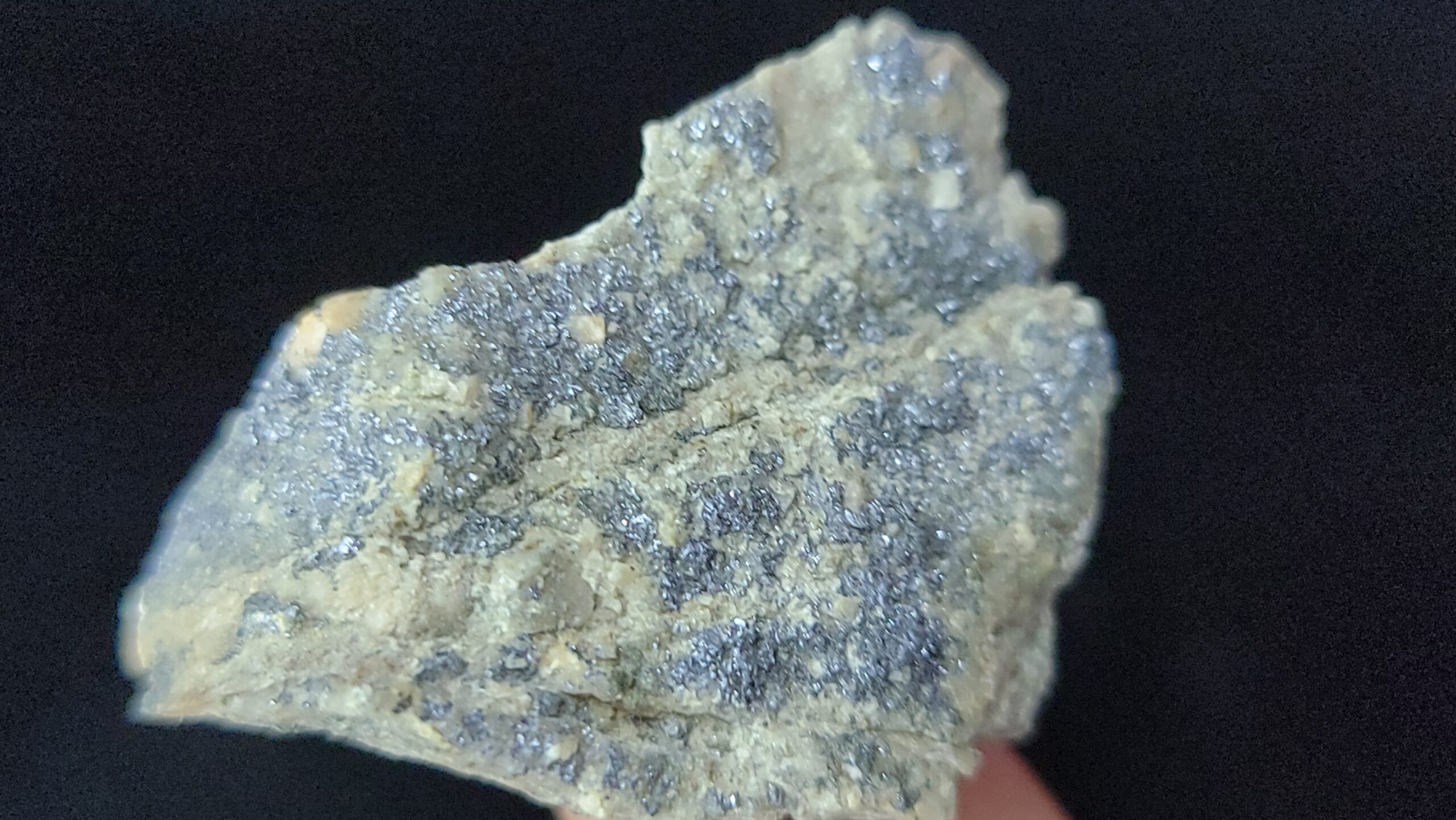
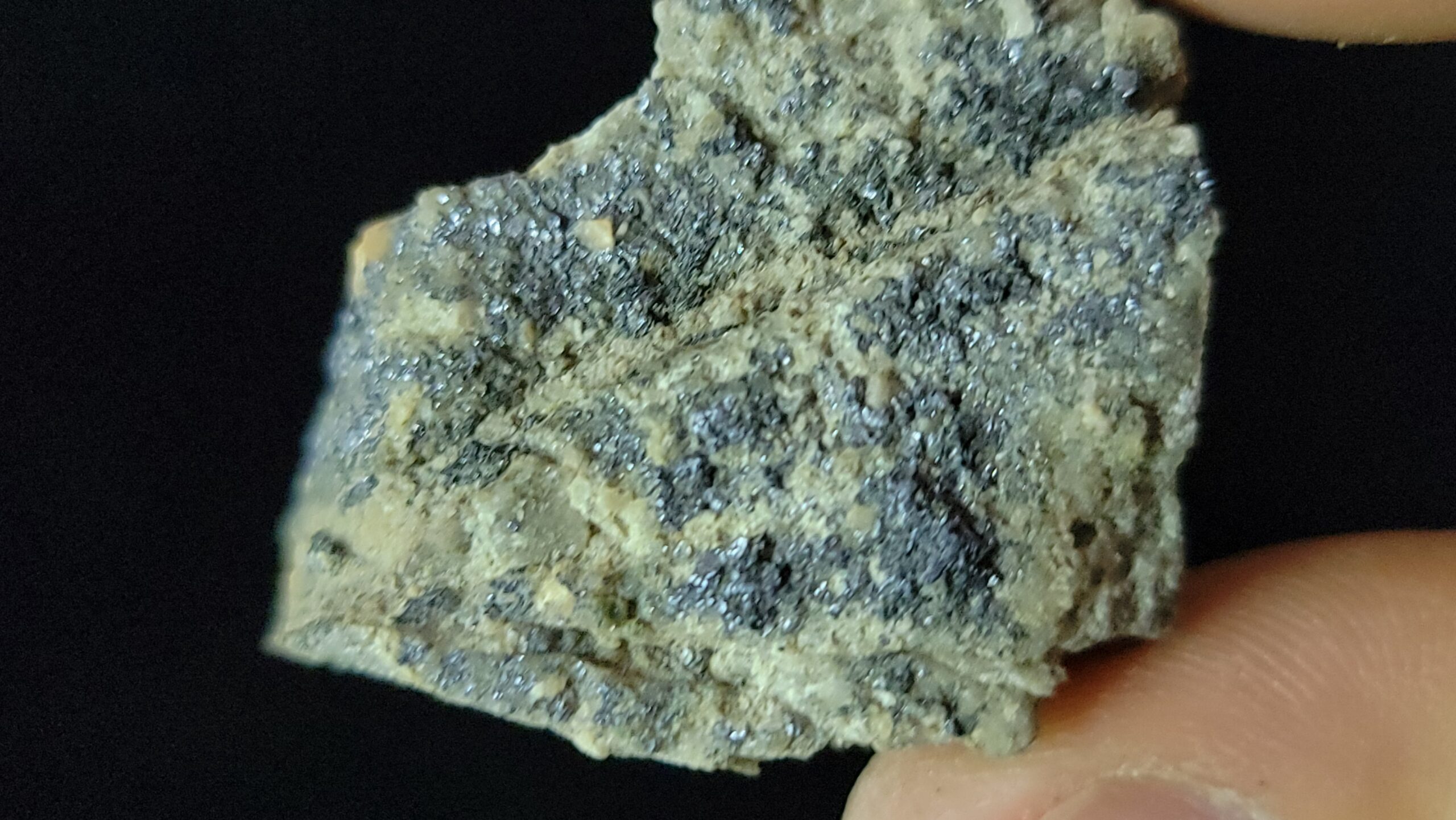

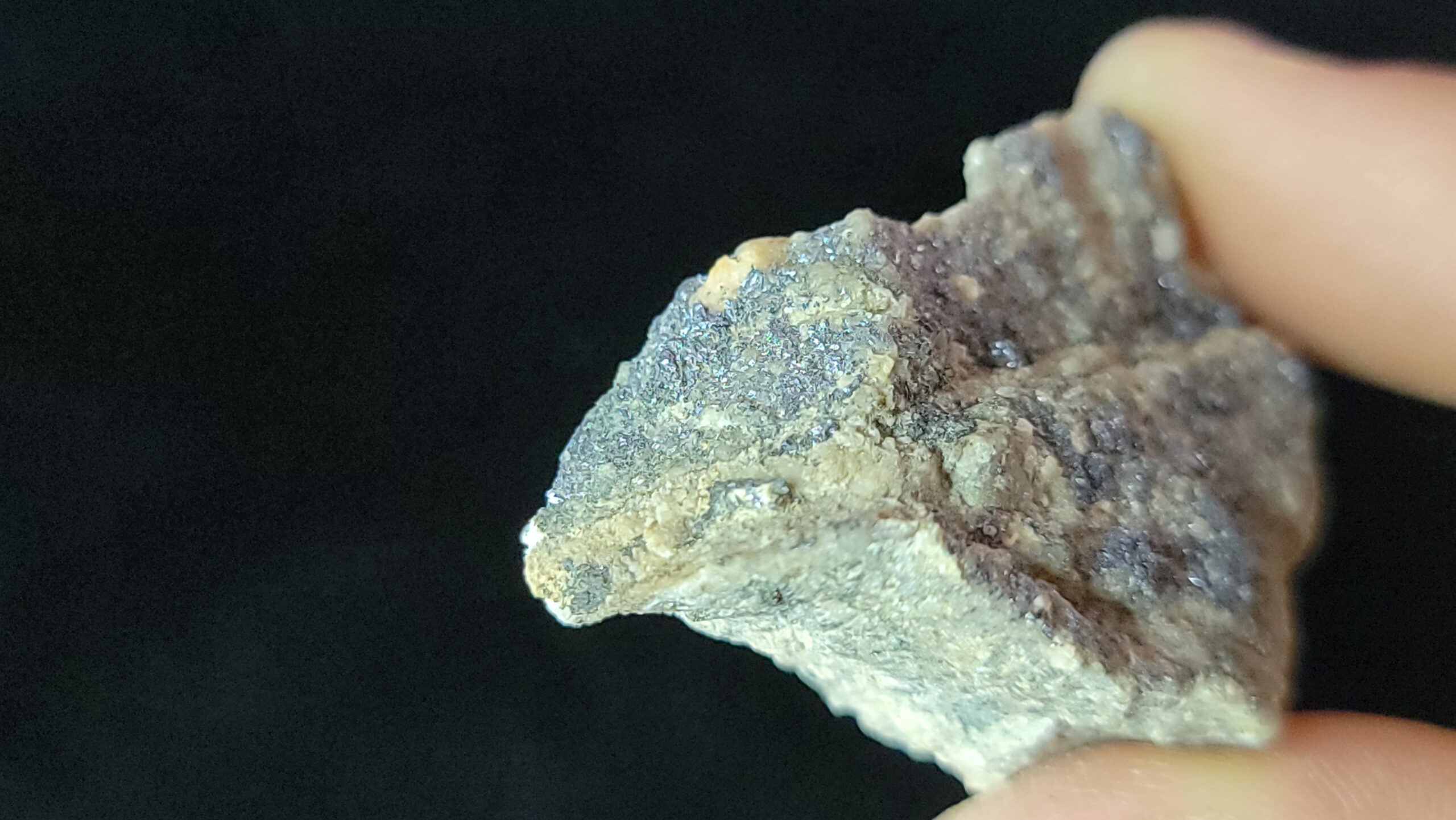

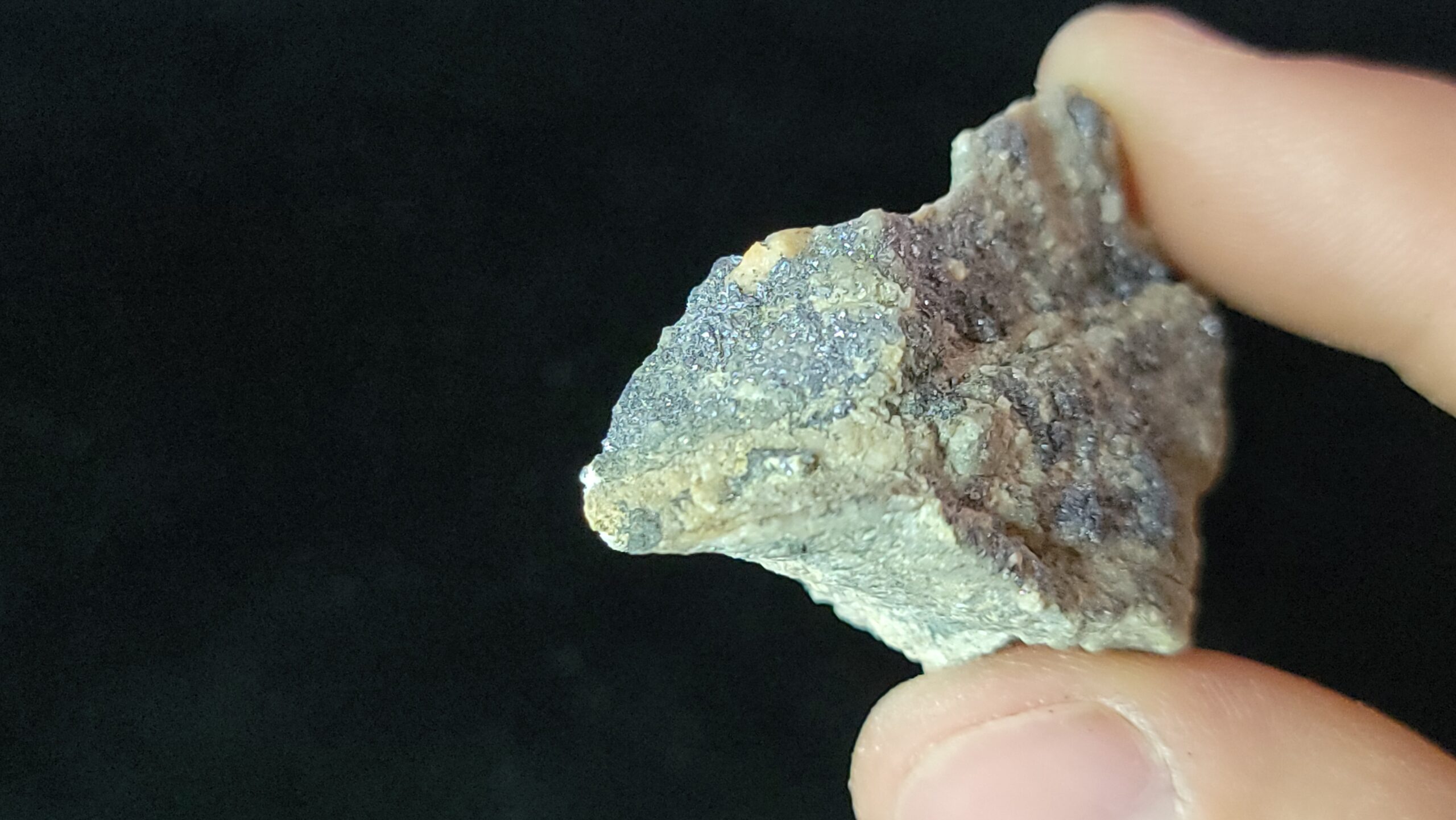

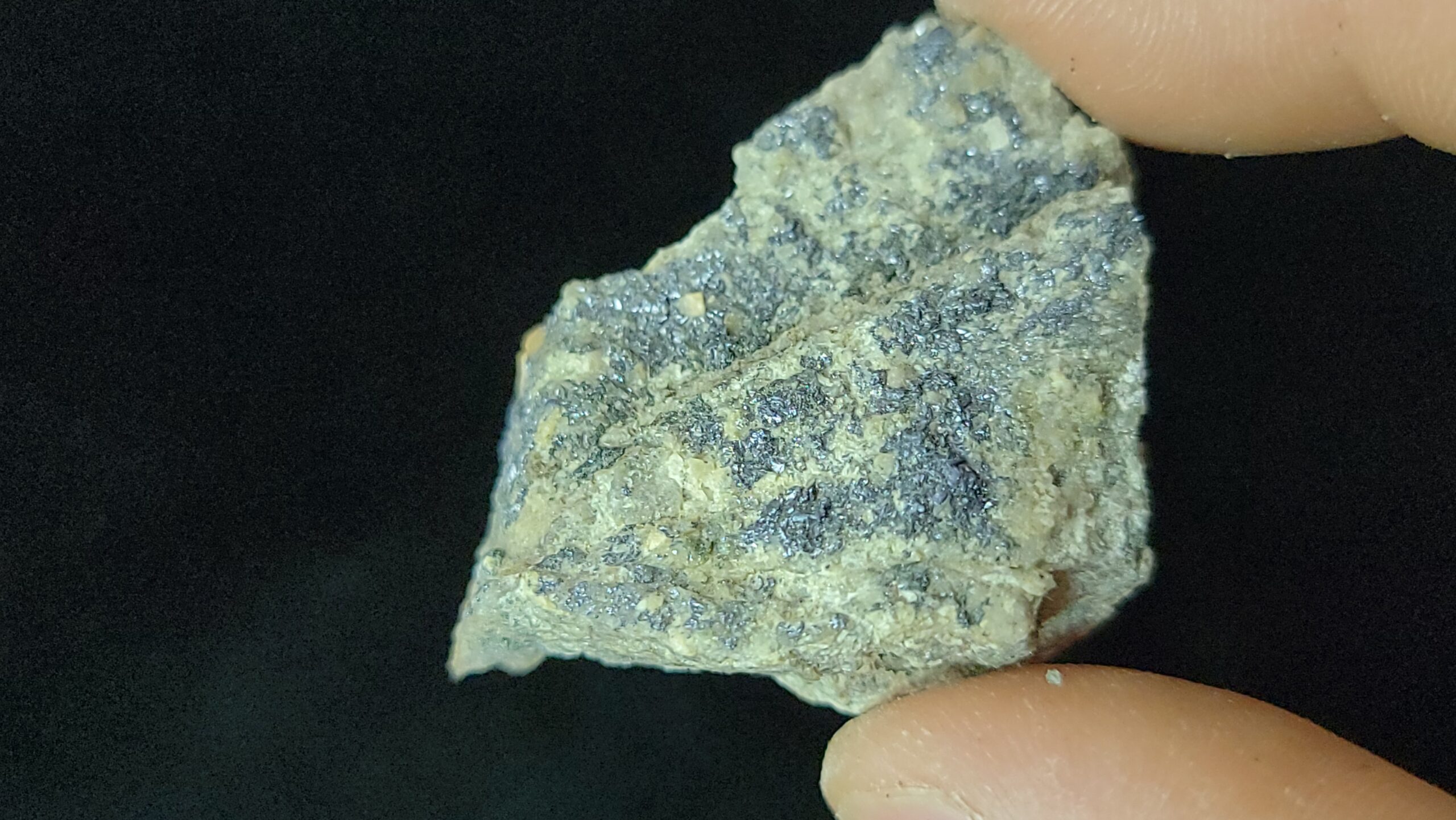

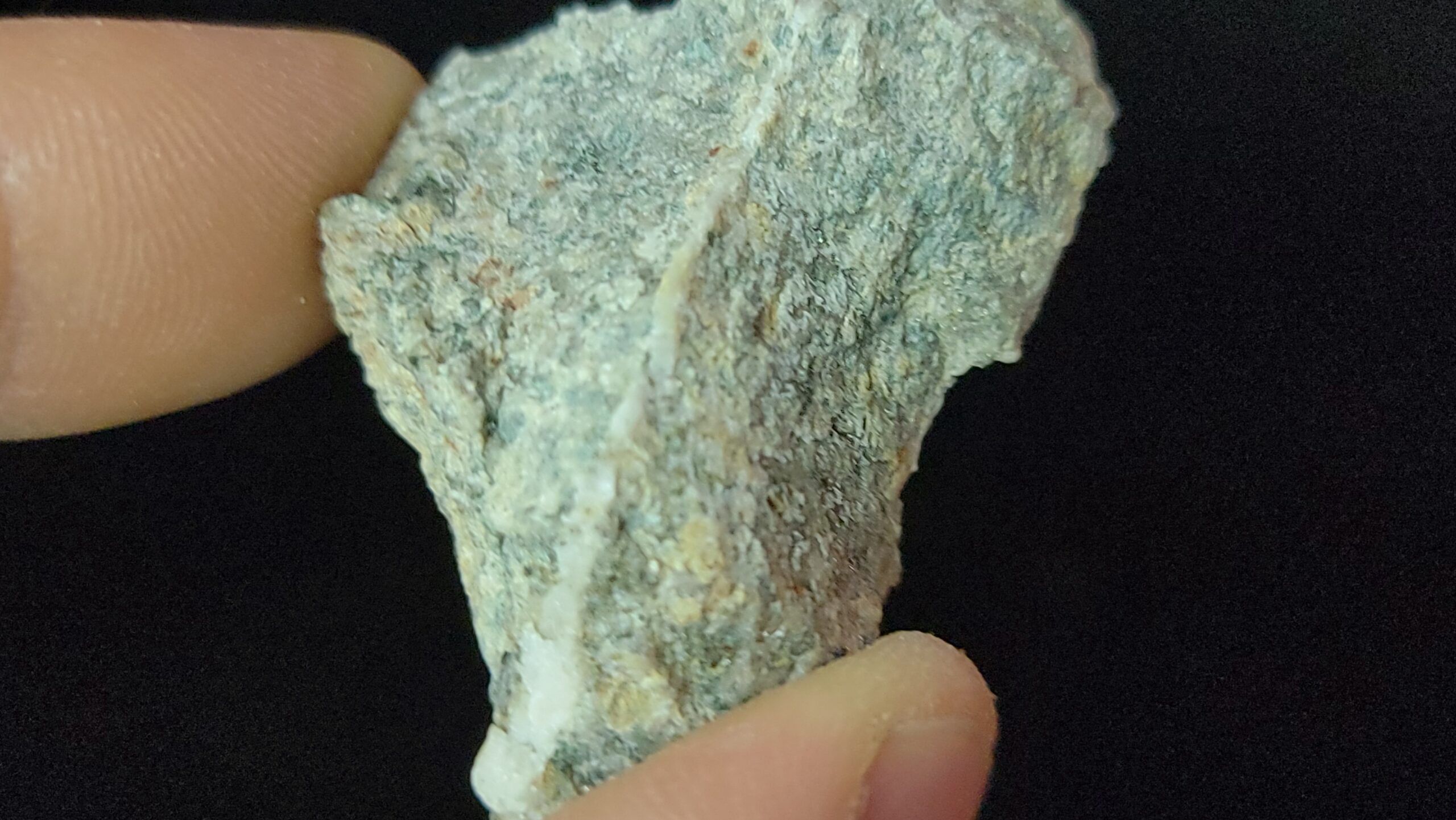
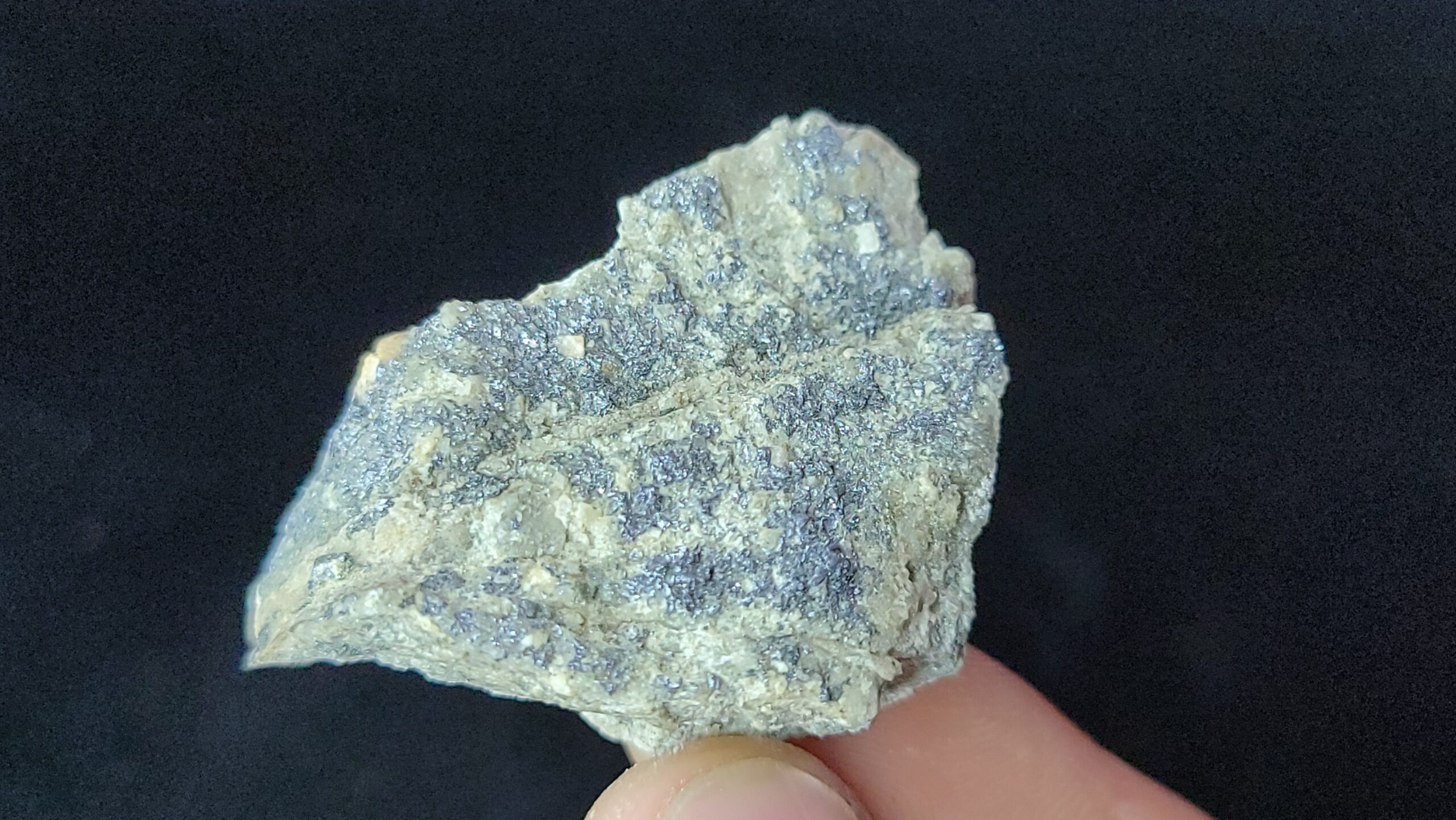


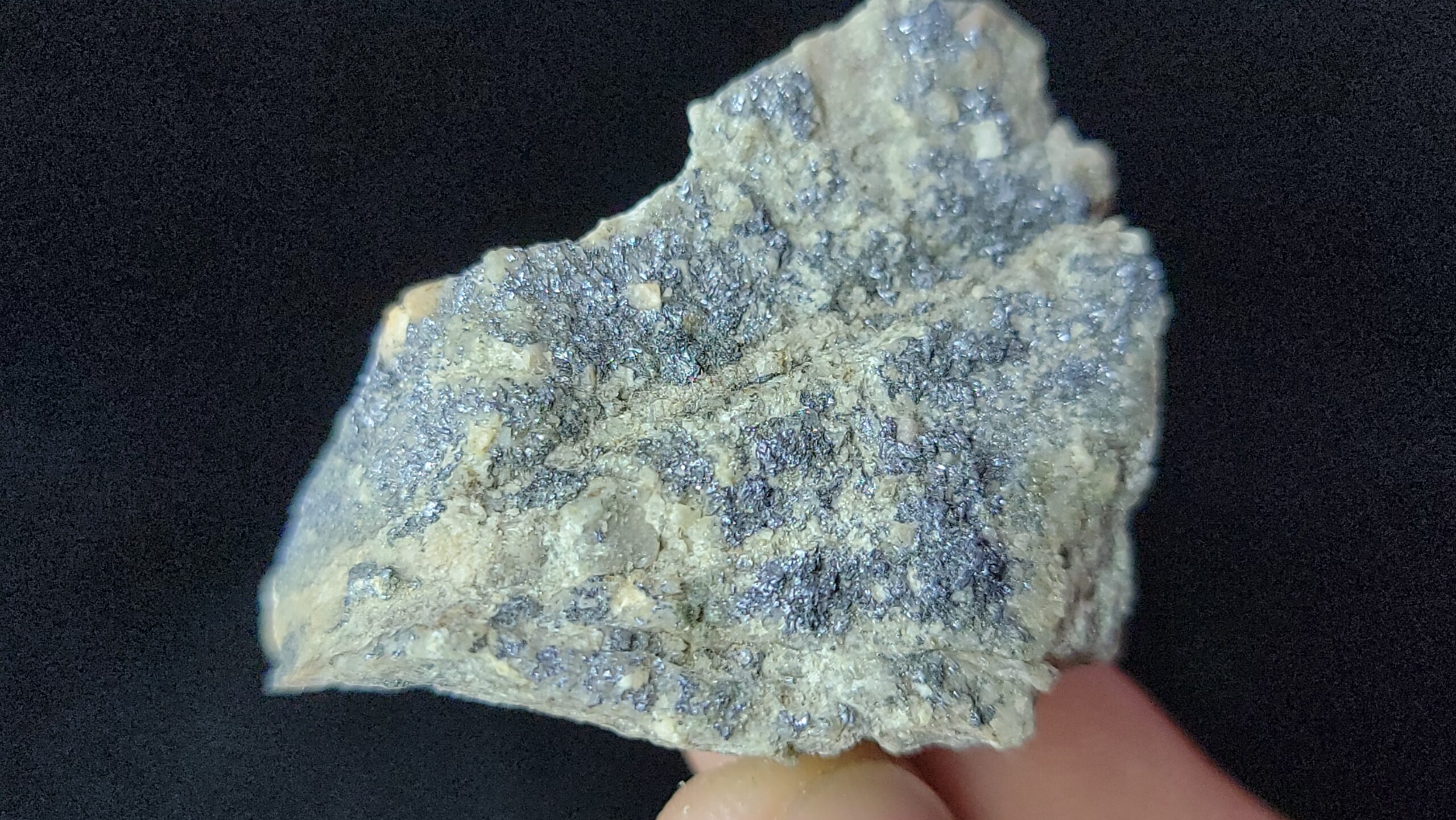



Reviews
There are no reviews yet.